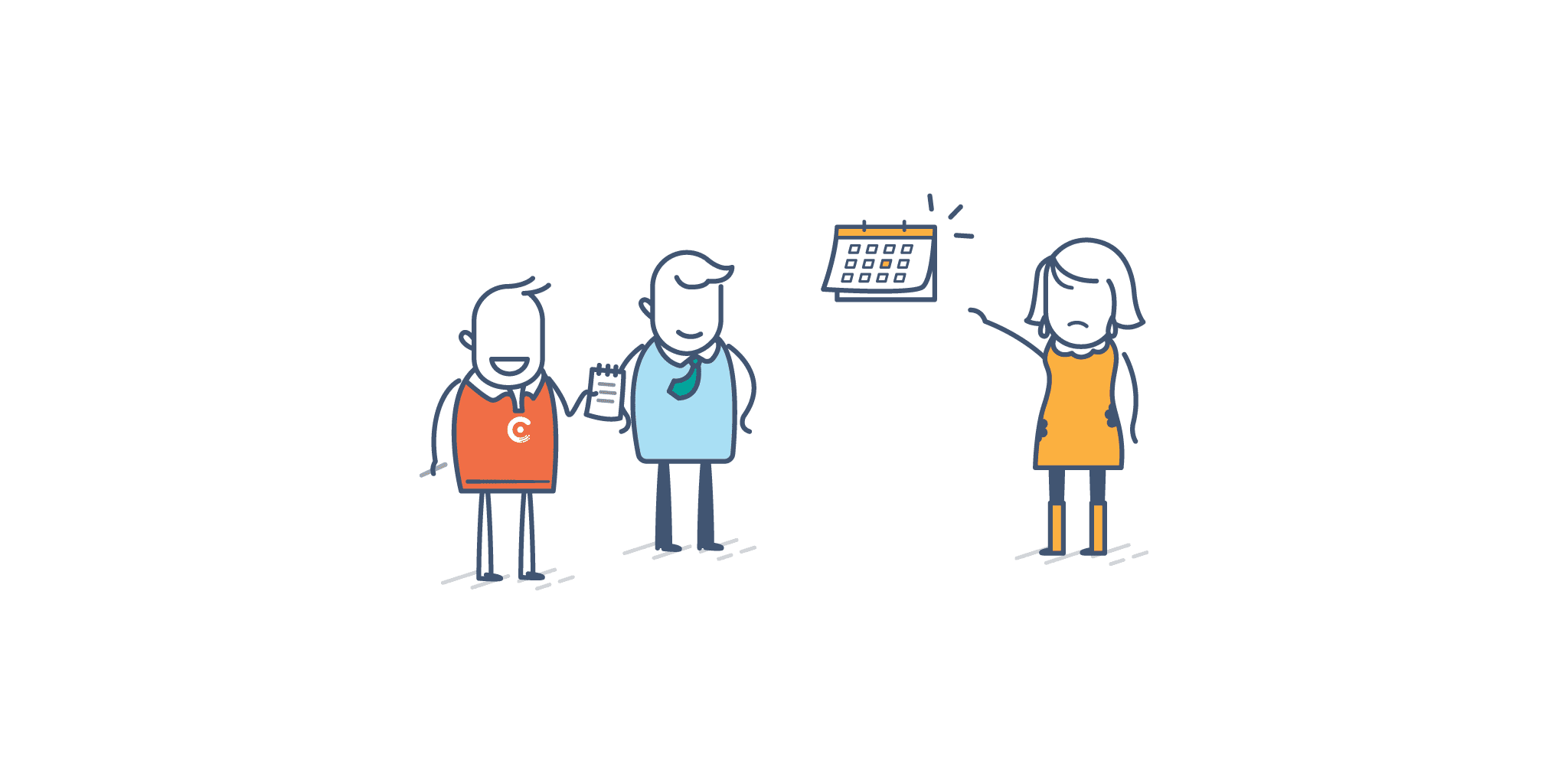Payment Term, Simplified : All You Need To Know About Net D

What happens when you raise an invoice?
Well, you expect to get paid. If not immediately, at least within a given period, after the invoice is raised. That period could be a week, two weeks, or even a month. It is unsaid. And it is uncertain.
You expect that the customer finds value in your product. That paying for your product or service is not second or third in her priorities, but the first.
What if that “unsaid” period for ensuring payments, can now be defined, and agreed upon?
What you are looking for is Net D – a payment term, that refers to the period (10, 15, 30, 45 or 60 days) within which a customer has to pay for their outstanding invoice (net amount) for the service/product received.
This might look like a small thing to you, but this could mean everything to your customers.
Your customer might have a very elaborate invoice approval cycle, then there is going to be a lot of sweat. Traditional approval workflow for processing invoices take 3-5 business days, a lot of manual effort, tonne of cross-verification of PO number, late payments.
Your customer might want to review the invoices raised, before paying. Or need time to arrange for payments, after the invoice is sent.
Or simply, your customers might want to know how long they have, to pay for your invoice, among the 30 other bills they receive every month.
And for your business, following up for payments is not awkward anymore, tumbling that really thin line from being professionally persistent to badgering harassment.
Of course, we are talking about Net D now, because Chargebee has solved this rather nagging albeit common problem for you. 🙂
However, this should not be confused with Advanced Invoicing – where you would raise an invoice a certain days in advance of the subscription renewal date.
Here’s how you can configure Net-D in Chargebee. Let’s say you run a company that sells digital marketing services, to small and medium businesses on a subscription basis. You create an offline subscription for customer for a monthly plan starting 1st January.
Now, assuming you want to set payment terms for your customer such that she has 15 days to pay towards the invoice, here’s what the flow will look like.
Set the Payment Term of your choice under Site Settings – it could be due upon receipt (which is typically a default setting), or you could define the number of days that you would like your customer to take for payments. In this case, you could select Net 15.
You will also need to customize your invoice settings such that the Payment Term, the Due Date and the invoice status appears on your invoice.
While creating a subscription, turn Auto Collection off, so that you can select the Payment Term for your customer. You read that right. Payment Term works only when Auto Collection is Off. In Chargebee, the option applies only to offline, recurring invoices.

The first invoice will be generated immediately on 1st January. Once the Invoice is generated in Chargebee, upto 15 days from the Invoice date, i.e., 16th January, the status of the Invoice shall be Posted.
Depending on the amount recorded against the Invoice after this date, the status of the Invoice shall be changed to Payment Due or Paid as the case may be. The next renewal date will be on 1st February, and the Invoice will be generated again in Posted status. This cycle will continue for subsequent renewals.

The Net D feature will have an impact on the account receivables aging report. An aging report tracks the number of days of a debtor’s outstanding payments. The invoice moves from Posted to Payment Due status, at the end of Net D. So, the the number of days for which the amount is outstanding as overdue shall be calculated from the date that Net D ends and the same will be shown on the analytics dashboard.
Using API’s to simulate Sign up process and configure Payment Term:
Here’s how a sample API workflow would look like:
- Using the Create a new customer via API, passing net_term_days parameter to set the number of days they have, to make payment every time an invoice is raised.
- Set the Auto Collection (auto_collection) to Off.
- Use Create Subscription for Customer API to create their subscription. Posted invoice will be generated and will be due for specified number of days.
- You can trigger a call to Collect Payment for an Invoice API to collect their payment, when a payment is done anytime before the due date or when the payment due date approaches.
- You can also use the Record Payment option to record an offline payment against the invoice if you’ve collected payment outside Chargebee via Check/Bank Transfer/Cash/Other channels. The API equivalent is Record an invoice payment.
Small Changes with Larger Impact
We are all part of a business that is connected in many ways. Net-D could be a small feature. It could also come across as being inconsequential. But that small change can you seemingly large impact on your customer’s business.
Head here to know more about Net-D, or you can sign up here for a trial account and explore Chargebee.
